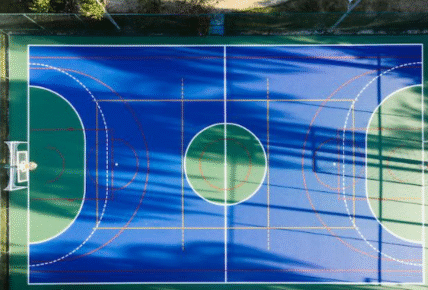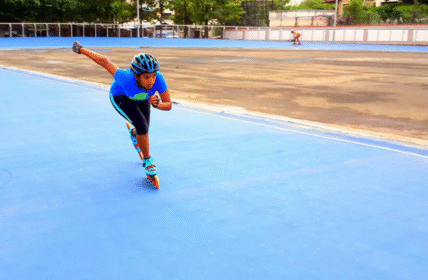Outdoor tennis courts are a staple in parks, schools, clubs, and private properties, offering a great space for physical activity, competition, and recreation. One of the most critical aspects of building or maintaining an outdoor tennis court is selecting the right outdoor tennis court flooring. The surface impacts everything—from player performance and ball behavior to maintenance needs and weather resistance. Whether you’re constructing a new court or resurfacing an old one, understanding your flooring options is essential for long-term satisfaction and playability.
Key Considerations for Outdoor Tennis Court Flooring
Choosing the right outdoor flooring involves more than just picking a material. Factors such as climate, usage frequency, budget, and maintenance requirements play significant roles. Outdoor courts must withstand UV rays, rain, temperature fluctuations, and wear from regular play. The right flooring enhances safety, comfort, and performance while reducing long-term maintenance costs.
Popular Types of Outdoor Tennis Court Surfaces
There are several popular types of flooring used for outdoor tennis courts. Each comes with its own advantages and considerations.
1. Hard Courts (Asphalt or Concrete with Acrylic Coating)
Hard courts are the most common type for both recreational and professional play. These courts are made with an asphalt or concrete base, covered with an acrylic layer to provide a smooth, durable surface.
Advantages:
- Uniform bounce
- Low maintenance
- Long lifespan with proper upkeep
However, hard courts can be tough on players’ joints due to their rigidity. Cushioning systems can be added to reduce impact stress.
2. Clay Courts
Clay courts, often made from crushed brick, stone, or shale, are known for slower play and higher bounce. These are common in Europe and Latin America.
Advantages:
- Softer surface, reducing joint stress
- Encourages strategic play due to slower ball movement
On the downside, clay courts require frequent maintenance, including daily brushing and watering.
3. Artificial Grass (Synthetic Turf)
Synthetic turf mimics the look and feel of natural grass without the upkeep. These are installed over a drainage base and often filled with sand to improve traction.
Advantages:
- Minimal maintenance
- Suitable for various weather conditions
- Gentle on players’ joints
One challenge is that the surface can become slippery when wet, so proper drainage is crucial.
4. Modular Interlocking Tiles
An increasingly popular choice for residential and community courts, modular tiles are made of polypropylene or other weather-resistant plastics. These tiles are easy to install and come in various colors and designs.
Advantages:
- Quick installation
- Easy replacement of damaged sections
- Good shock absorption
Tiles can expand and contract with temperature changes, so professional installation is recommended for best results.
Maintenance and Longevity
No matter the surface, proper maintenance is key to extending the life of your court. This includes:
- Regular cleaning to remove debris and prevent mold or mildew
- Surface inspections for cracks or wear
- Timely resurfacing or recoating, especially for hard courts
Investing in quality flooring and committing to a consistent maintenance routine ensures the court remains safe and playable for years.
Budget Considerations
While modular tiles and synthetic grass offer low maintenance, their upfront cost may be higher than hard courts. Clay courts are more affordable initially but demand more ongoing care. Weighing short-term and long-term costs will help in making a practical decision.
Conclusion
Selecting the best tennis court surface for your outdoor facility is a decision that impacts performance, safety, and cost-efficiency. Whether you opt for hard court durability, clay’s soft texture, or the modern convenience of modular tiles, aligning your choice with your specific needs and climate conditions will yield the best results. By focusing on durability, player comfort, and maintenance needs, you’ll ensure an excellent playing experience for years to come.
Ask ChatGPT



